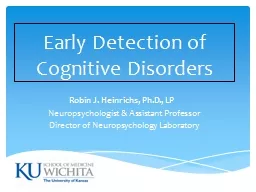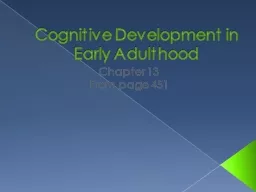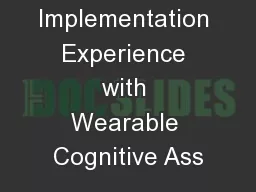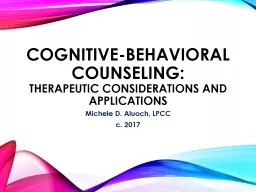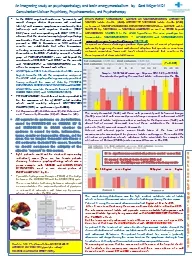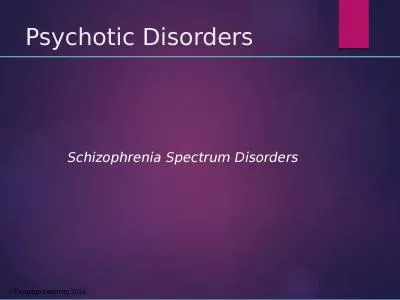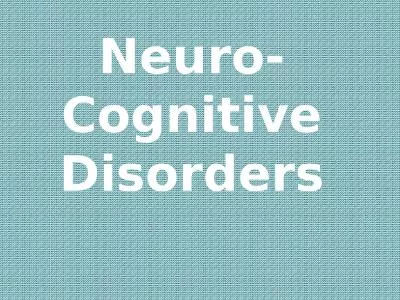PPT-Early Detection of Cognitive Disorders
Author : marina-yarberry | Published Date : 2016-05-15
Robin J Heinrichs PhD LP Neuropsychologist amp Assistant Professor Director of Neuropsychology Laboratory Thinking All the things our brain does to help us do things
Presentation Embed Code
Download Presentation
Download Presentation The PPT/PDF document "Early Detection of Cognitive Disorders" is the property of its rightful owner. Permission is granted to download and print the materials on this website for personal, non-commercial use only, and to display it on your personal computer provided you do not modify the materials and that you retain all copyright notices contained in the materials. By downloading content from our website, you accept the terms of this agreement.
Early Detection of Cognitive Disorders: Transcript
Download Rules Of Document
"Early Detection of Cognitive Disorders"The content belongs to its owner. You may download and print it for personal use, without modification, and keep all copyright notices. By downloading, you agree to these terms.
Related Documents

